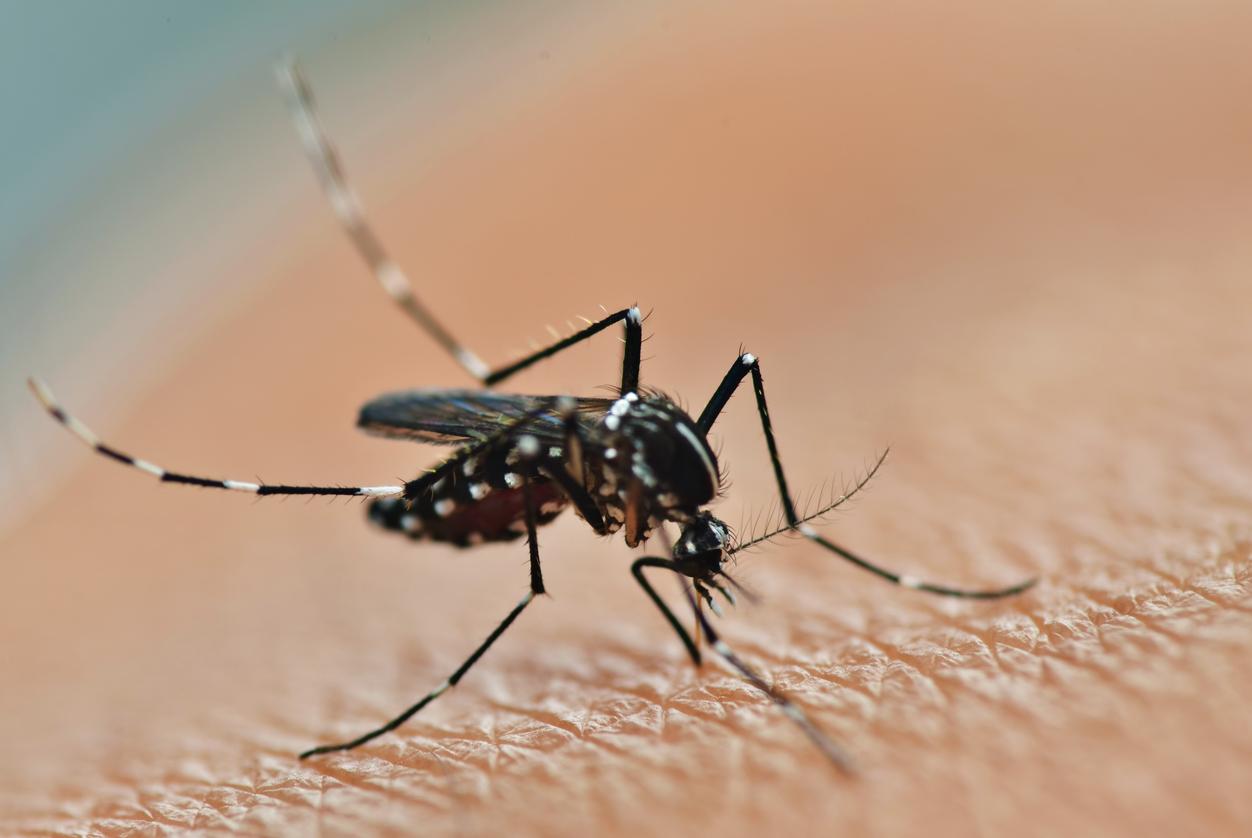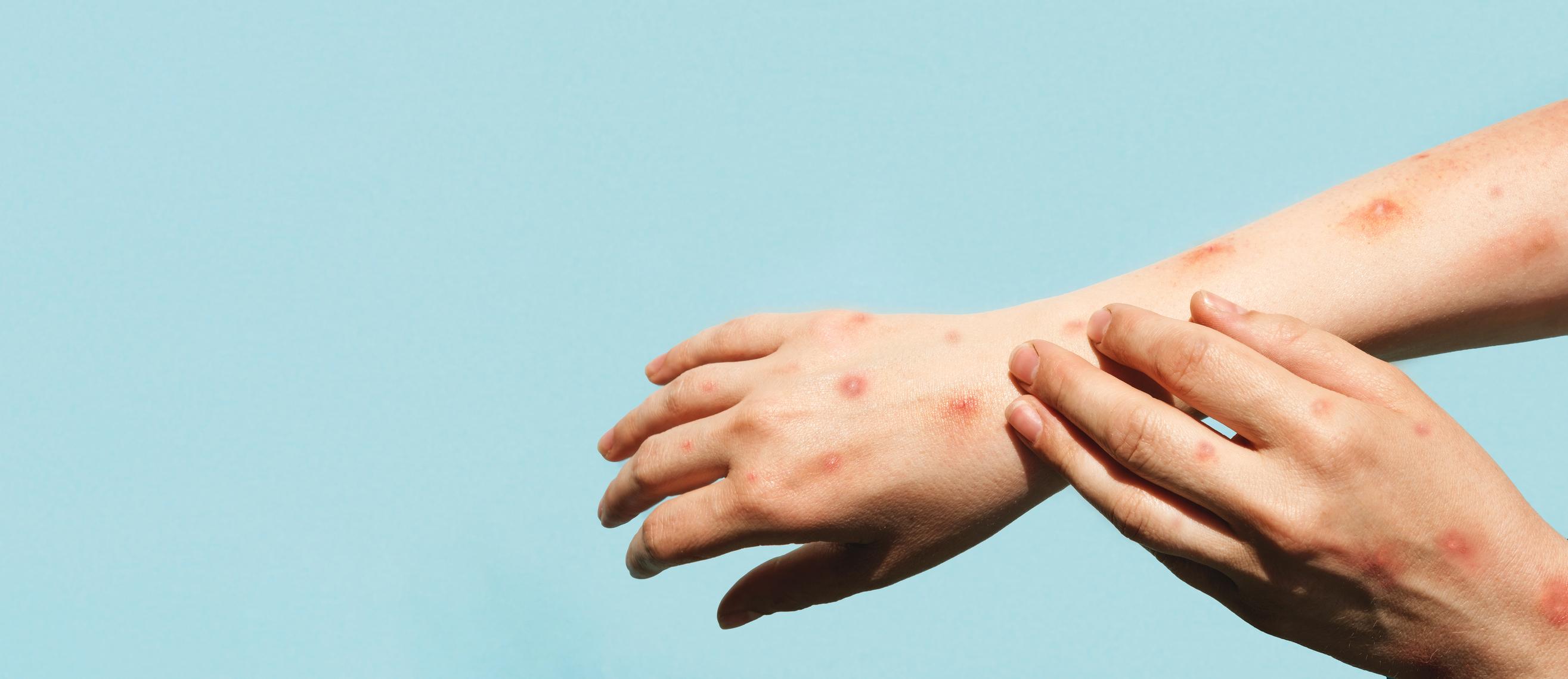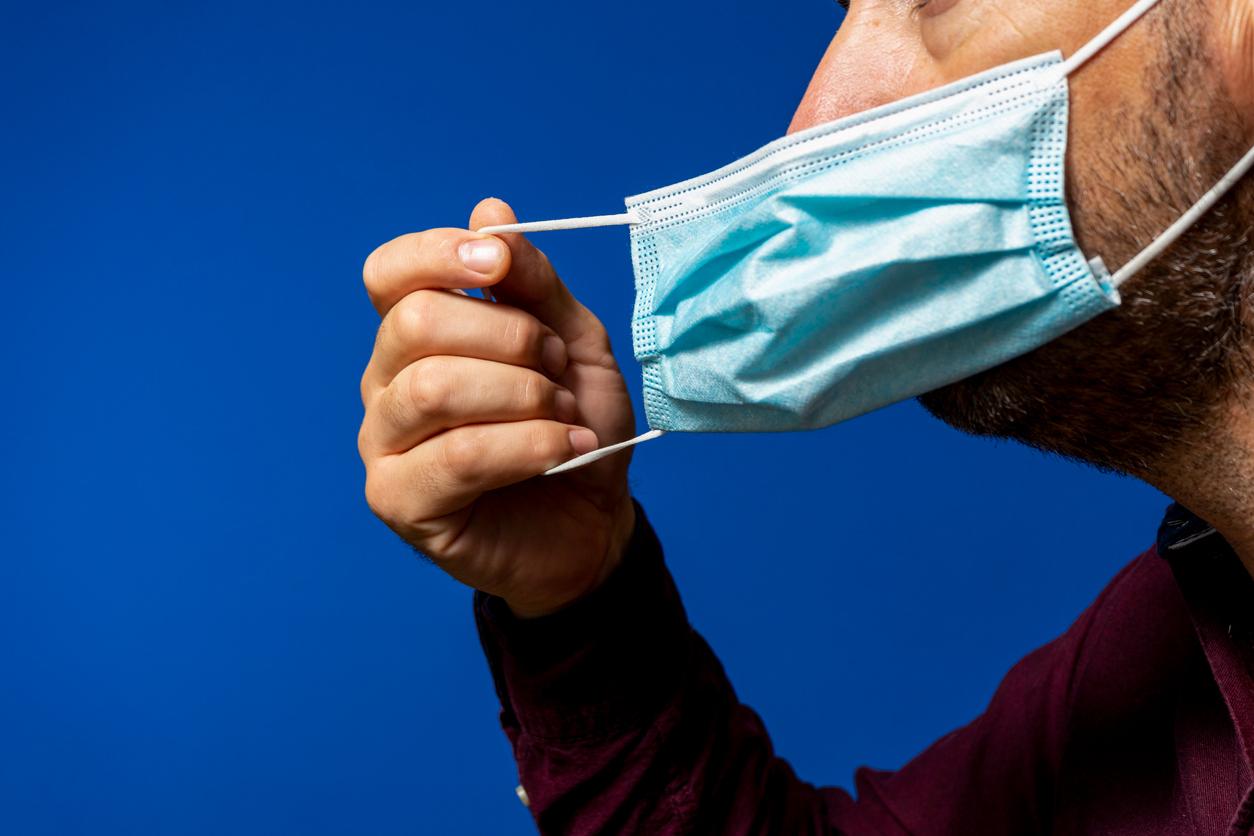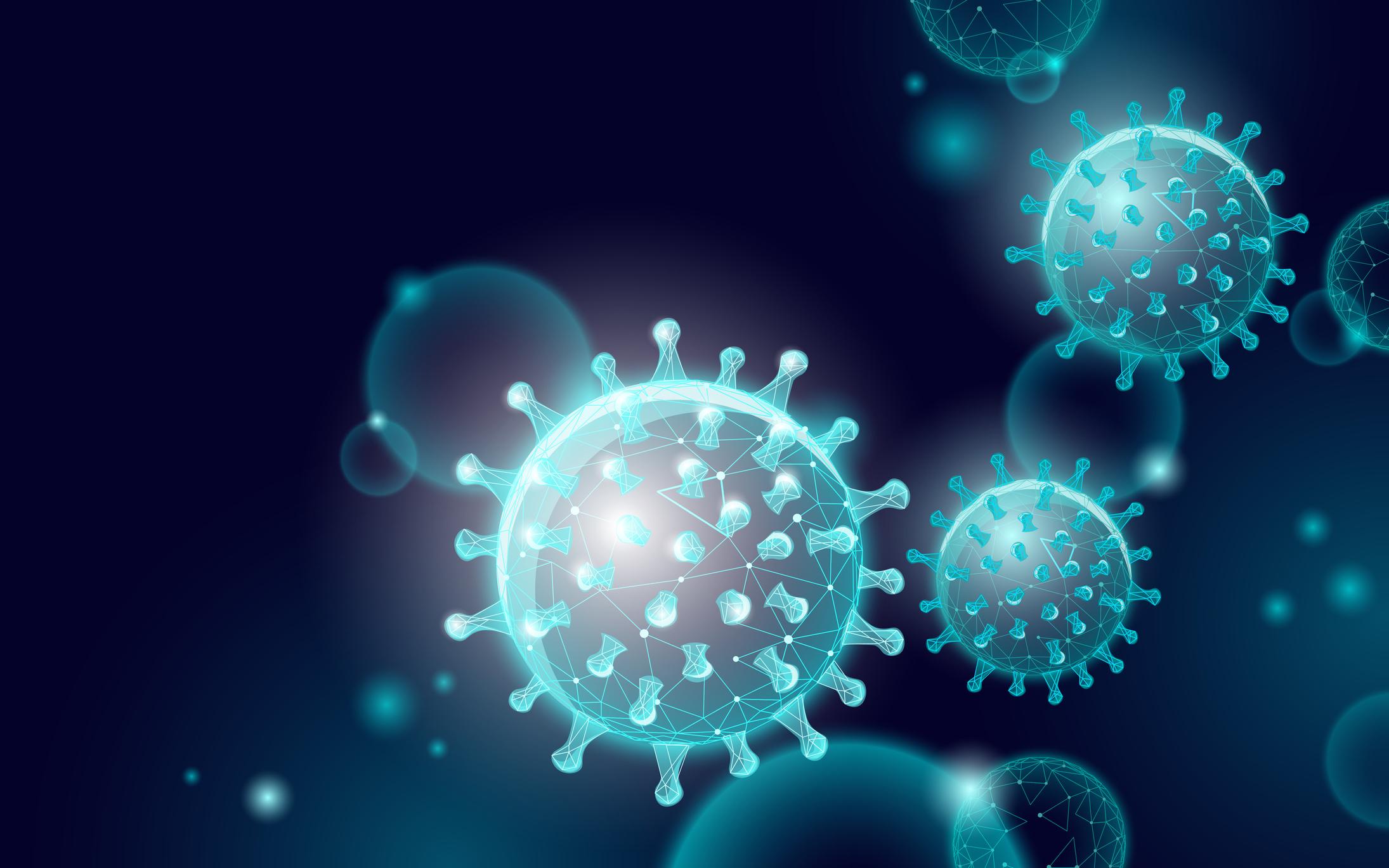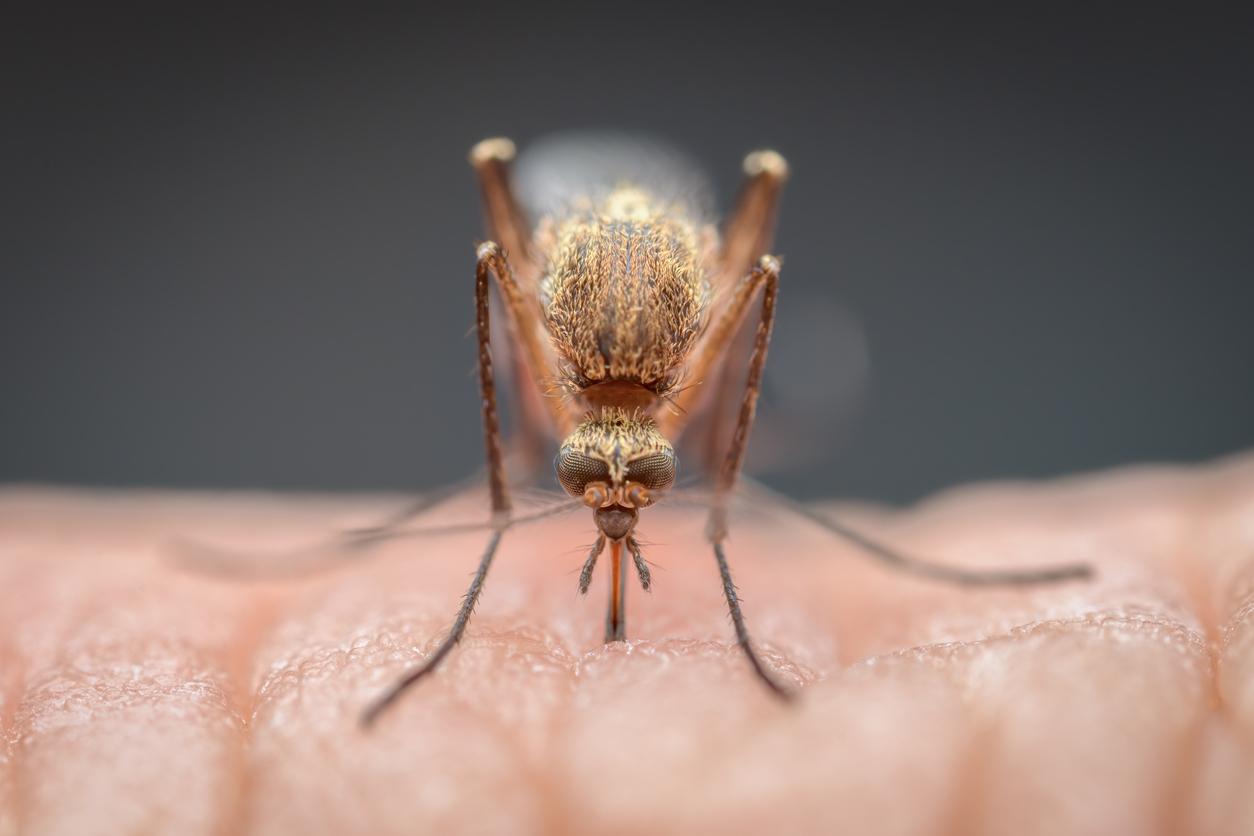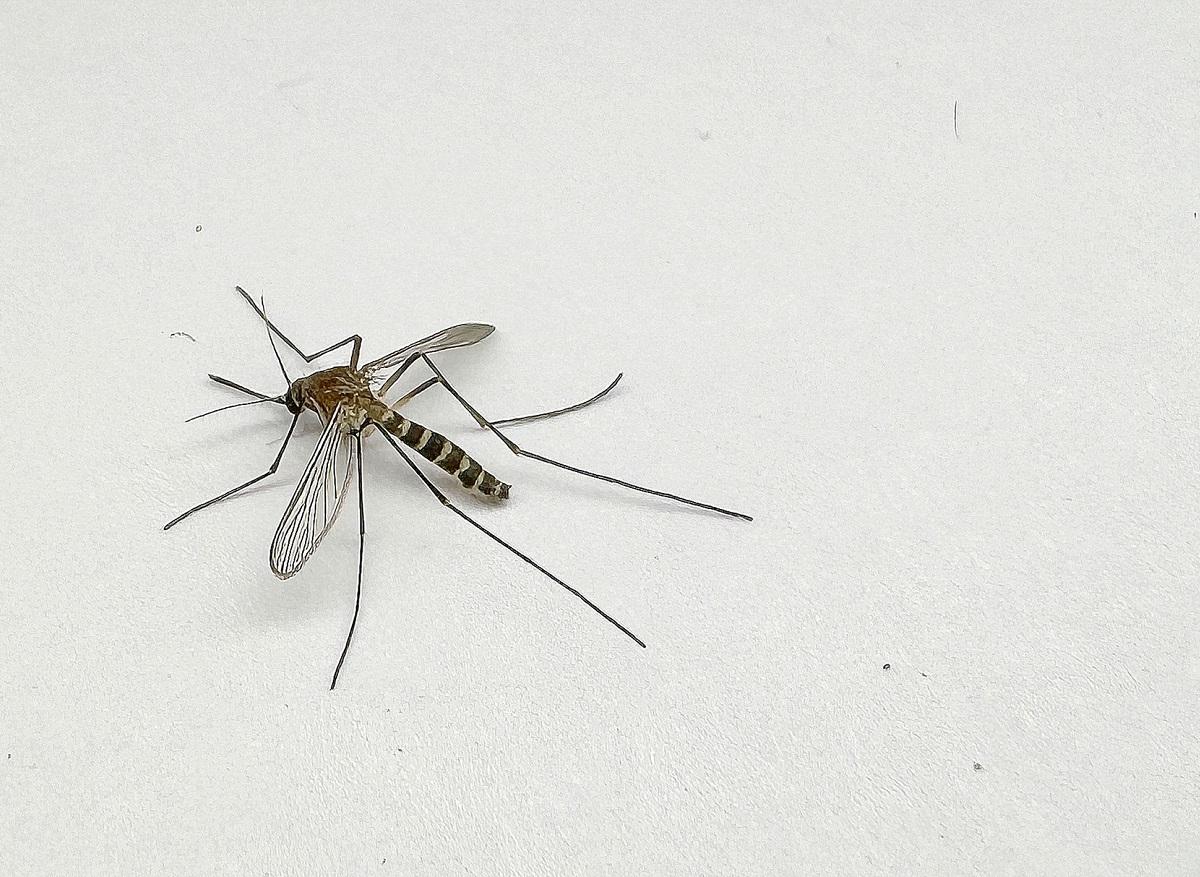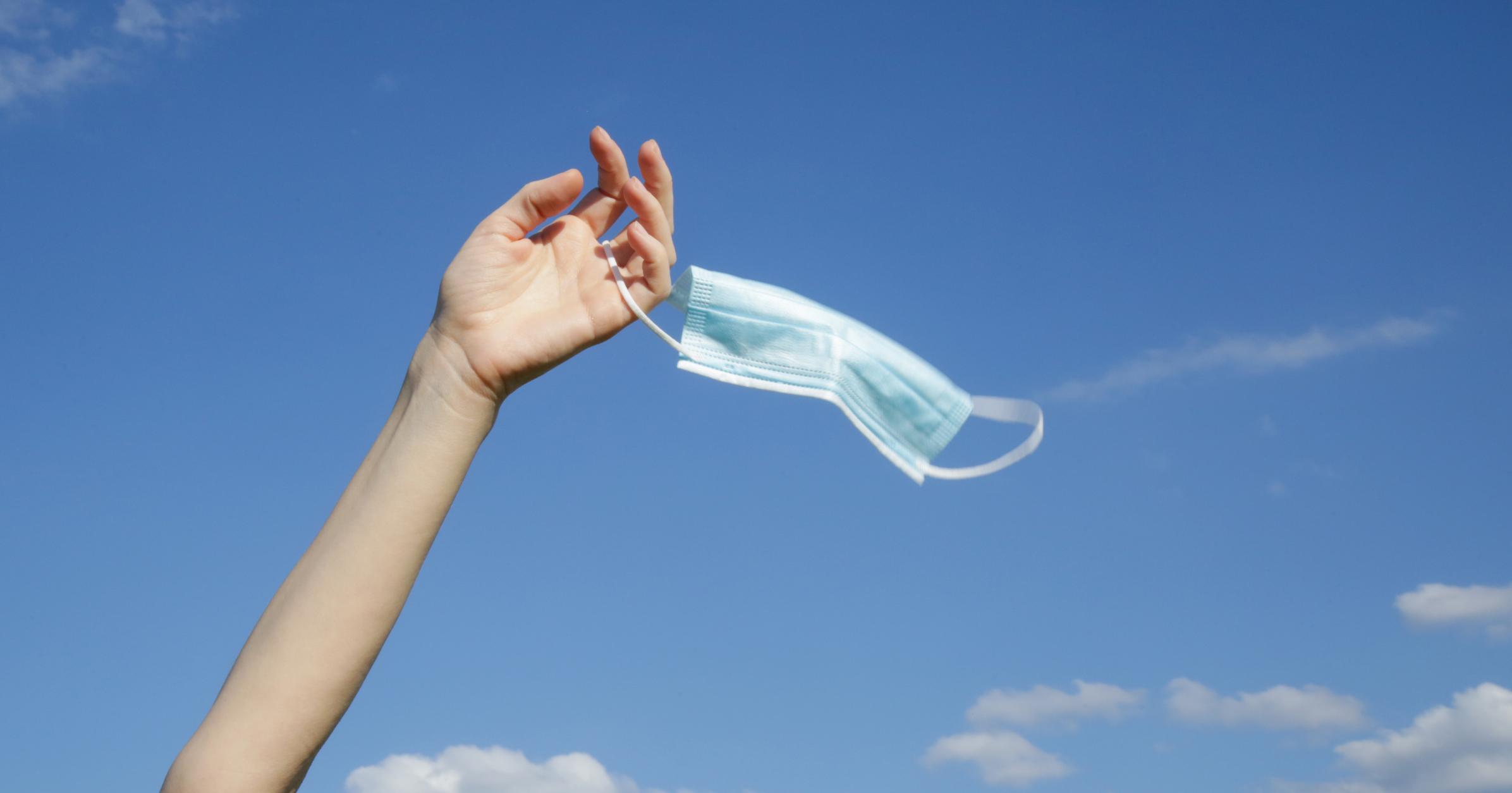Risk of hypothermia, frostbite, frostbite, bronchospasm… the cold is not without danger. Do not panic, there are many ways to protect yourself.
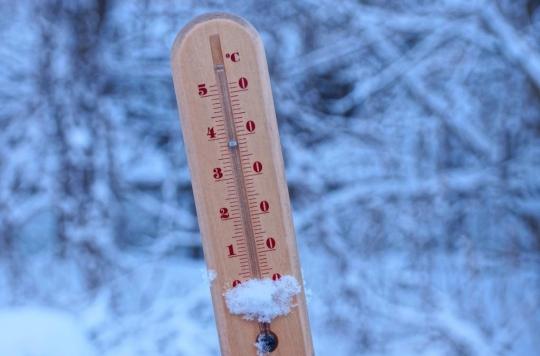
The month of January is coming and with it a possible wave of extreme cold, synonymous with an increased risk of frostbite, hypothermia or heart attack. Why Doctor takes stock here of the dangers of the cold and how to guard against it.
1/ Stress for the human body
In response to the cold, the brain secretes catecholamines, neurotransmitters that will send a signal to the blood vessels, asking them to contract. This is called vasoconstriction. The latter decreases blood flow and leads to a decrease in heat loss from the skin. The extremities, feet or hands, are particularly sensitive to this phenomenon.
2/ A risk for the heart
As the diameter of the blood vessels has shrunk, the heart has to work twice as hard to bring blood to the body. As you may have noticed, the heart rate increases when it’s cold. The same goes for blood pressure and oxygen consumption. The heart therefore tires more quickly and, since its arteries are narrowed, the risk of tearing the arterial wall increases. However, a clot that breaks away from the coronary arteries can lead to a heart attack. What’s more, a flare-up of hypertension can also cause a stroke or a ruptured brain aneurysm. The risk is all the more increased for stressed smokers. Indeed, tobacco, like cold and stress, increases vasoconstriction and with it the risk of heart attack.
3/ A risk of hypothermia
Hypothermia most often happens when the body is exposed to cold for too long. The body then increases its production of heat, via shivers and brings blood to the most important organs in priority. If your body temperature drops below 35 degrees, you are hypothermic. Between 32 and 35 degrees, we speak of moderate hypothermia, between 28 and 32 of severe hypothermia and below 28 of major hypothermia. In which case, the vital functions and especially the cardiovascular system, are in danger. A person in a situation of major hypothermia will no longer be shivering. She will breathe slowly, be cold and stare blankly. She may then lose consciousness or suffer respiratory or cardiac arrest leading to death. If you are ever confronted with this case, take off her wet clothes if they are, warm her up with an isothermal survival blanket if you can find one, put her in a warm place and, in the most serious cases, call the emergency services (12 or 115) for support with resuscitation. Warming must be gradual to avoid serious complications in the event of too sudden a change in temperature.
4/ Bronchospasm
Exposed to cold and dry air, the bronchi contract, which can lead to bronchospasm, which can trigger an asthma attack in predisposed people. You will therefore have understood that the cold is not the friend of asthmatics. If you have asthma and start to suffer from the cold, cover your nose and mouth with a scarf to warm the inhaled air. If electric radiators are installed in your home, place a bowl of water underneath to humidify the air, which is often very dry with this type of heating.
5/ Viruses
Everyone knows that winter is conducive to diseases of all kinds. Colds, flu, gastro… and now Covid-19. And for good reason: the cold promotes the circulation of viruses, especially respiratory ones. Because cold, dry air dries out and thus tends to damage the mucous membrane of the nose, the first defense barrier against respiratory infections. What’s more, in winter we stay more caulked in closed spaces and we ventilate less, thus facilitating the transmission of viruses. This is why, the health authorities will never repeat it enough, it is essential to respect barrier gestures during this period. Remember to cough and sneeze into your elbow, wear a mask as much as possible, wash your hands frequently and stay away from others.
6/ Frostbite or frostbite
Better a frostbite than a frostbite. The first mainly concerns the hands and feet: the extremities become red, swollen and painful, but the lesion is not serious. The second, on the other hand, is a deep lesion that can lead to amputation. “This results in a contraction of the blood vessels, the tissues are then no longer oxygenated, the water in the cells freezes, and they die. This of course concerns the hands, the feet but also the nose, the ears, even the cheeks (…) The problem is that most of the time you don’t realize it immediately. It’s like anesthesia and the pain also appears when you warm up. Protecting these extremities is the only way to fight” , explains Dr. Jean-Paul Richalet, a specialist in adaptation to extreme environments, at the Figaro. “For frostbite, this can first result in redness, then blisters, the fingers turn white, become necrotic…”, he continues. To avoid drama, equip yourself properly. Silk or leather gloves protect the hands well. If the latter begin to be chapped, apply a thick layer of cream on them before going to bed before wearing cotton gloves all night. At the level of the feet, two pairs of socks are better than one, provided that the latter are not too tight so that the blood can circulate well.
7/ Risks of carbon monoxide poisoning
Hundreds of people die every year after inhaling carbon monoxide (CO) and nearly 3,000 are intoxicated, according to figures from Public Health France. And most of these dramas take place in the winter, with this poisonous gas being emitted when a heater fails. So, remember to maintain and check them annually, as well as your boiler and chimney flues. Also make sure that the ventilations are not obstructed and install a CO detector in your home. If you think you have been poisoned by CO (headaches, fatigue, nausea, vomiting, dizziness), ventilate the room widely, leave the area and call the emergency services (15 or 12).
A few tips for fighting the cold
To fight against the cold, it is recommended to eat well and to be sufficiently hydrated. To regain strength, choose foods with a low glycemic index that regularly release glucose into the body, such as pasta, wholemeal bread, fruits, vegetables and legumes. Soups, sources of vitamins, minerals and heat, are also welcome. Drink plenty of water and hydrate your body by washing, for example, with a soap-free surgras gel to preserve the skin’s hydrolipidic film. Avoid too hot baths, which dry out, and remember to use moisturizing milk, insisting on the elbows and knees. Also, don’t forget to take care of your lips. In addition to balms, exfoliate them once a week with a scrub or by passing a soft toothbrush to remove dead skin. A thick layer of healing ointment before bed helps repair chapping. Regarding your hair, do not go out without drying it well and nourish the ends with vegetable oils, such as jojoba, rich in lipids.
To stay well hydrated, do not abuse alcohol. What’s more, if alcoholic beverages give an impression of heat, the truth is quite different. Indeed, alcohol dilates the blood vessels. Instead of increasing, body temperature decreases by half a degree for every 50 grams of alcohol consumed. Finally, remember to dress warmly. Several layers of clothing protect his body. The first will absorb perspiration, preventing the humidity from cooling the skin while the second will insulate you from the cold and the wind. Finally, don’t forget the scarf, hat and mittens (not practical, but more effective than gloves), because nearly 30% of body heat is evacuated through the skull and mouth.
.









